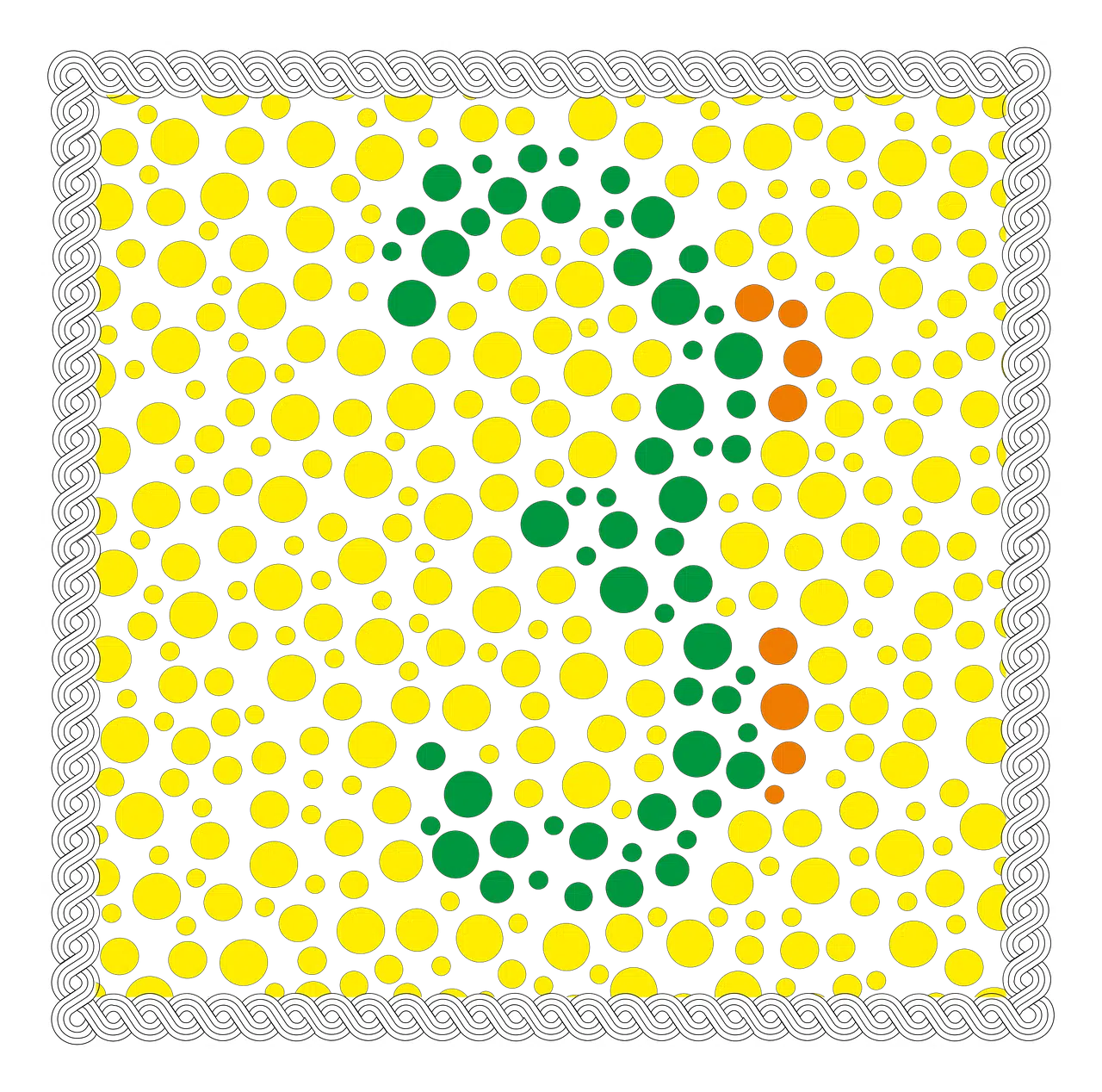
Color blindness is a vision disorder.
Color blindness is a disorder that affects vision . Its name comes from the surname of the English naturalist, chemist and mathematician John Dalton ( 1766 – 1844 ), who was one of the main people responsible for the study of achromatopsia.
Achromatopsia is a genetic disease with a congenital profile that, according to experts, is not progressive. Due to Dalton 's valuable contributions, over time partial achromatopsia began to be described as color blindness .
Characteristics of color blindness
Color blindness is framed in dyschromatopsia , a term that refers to a problem based on the inability to differentiate colors .
Although not all color blind people confuse the same shades, they most often have difficulty distinguishing between green and red. On the other hand, a color blind person can appreciate more shades of violet than a subject with normal vision .

Those who suffer from color blindness have problems identifying colors.
Its origins
Color blindness disorder is linked to a recessive allele associated with the X chromosome . In the case of men, by inheriting a single X chromosome with the deficiency they already become color blind. Women, for their part, need a pair of X chromosomes with the deficiency to be diagnosed as color blind; Otherwise, they will only be carriers (so they can transmit color blindness to their children). This difference translates into a large predominance of the male sex among those who suffer from color blindness.
Color blindness involves a deficiency in the sensory cells of the retina that react to colors and are known as cones . These are responsible for processing the light reflected by objects and determining colors. There is one type of cone sensitive to red light, another type of cone sensitive to green light, and a third type of cone sensitive to blue light. The problem of color blindness arises from the failure of the genes that must produce the pigments of these cones.
Types of color blindness
When we talk about this genetic problem we have to explain that there are several types of it. Specifically, at a general level we can determine that there are three:
- Monochromatic . The person who suffers from this type of color blindness is characterized because they only have one sensitive cone in the retina, so they only see one color.
- Dichromatic . Two of the cones mentioned are the ones that the citizen who suffers from this problem has. This fact means that we find ourselves in turn with three types of color blindness: the protanopes who are absolutely insensitive to red; the deuteranopes who are the ones who confuse the red, green and yellow shadows; and tritanopes that are insensitive to blue while confusing blue and green shades.
- Anomalous trichromatric . One of the most frequent cases is this in which people who suffer from it find themselves unable to distinguish colors, confusing one with another.
In addition to these three types of color blindness, we cannot ignore the fact that there is also another type that is called achromatic . This is a visual defect that occurs very infrequently but is characterized by the fact that those who suffer from it see everything in black and white and in the corresponding range of grays.
There are several methods that exist to determine that someone suffers from color blindness. However, the most common procedure is to use the so-called Ishihara cards in which numbers are represented in different colors.
